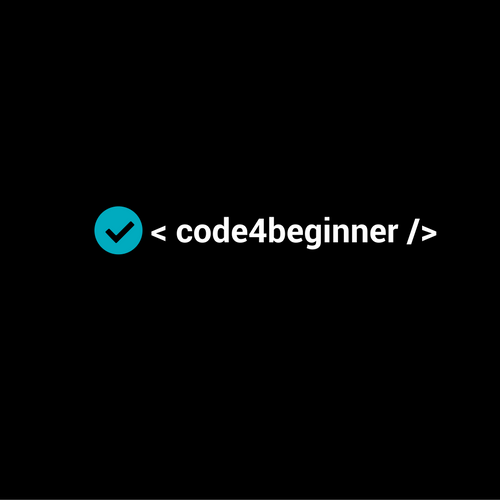What is PHP?
The acronym PHP initially stood for Personal Home Page.
As of version 3, it stands for PHP Hypertext Preprocessor. It is a general purpose server side scripting language that is used to develop:
- Dynamic Websites
- Custom Web Portal (Like ERP, CRM)
- Web Applications
- E-commerce Websites (Like Flipkart, Amazon, Paytm, Snapdeal etc)
- CMS – Content Management System
Importance of PHP?
- It costs low with cost effective database applications
- It is platform independent
- PHP supports all major web servers
- The existence of multiple security layers make PHP one of the most secure options for developing the most critical websites and web applications.
- PHP supports a wide array of databases including dataBase, MySQL etc.
History of PHP
- Designed by Rasmus Lerdorf
- Developer The PHP Development Team, Zend Technologies
- First appeared June 8, 1995; 21 years ago
- Stable release 7.1.0/ December 1, 2016
Basic Structure of PHP
<?php
//your code here
?>Example:
<!doctype html> <html> <head><title>Hello World Script</title></head> <body> <?php echo "<p>Hello World!</p>"; ?> </body> </html>
Printing statement in PHP
If you want to print/echo some string/variable or number in php
<?php $variable = "your string"; // echo $variable; // ?>
File Extension of PHP
-
PHP files have the file extension .php
Comment Line in PHP
- Single Line Comments
Single line comments start with //.
Any text between // and the end of the line will be ignored by PHP(will not be executed).
Example
echo 'This is a test'; // This is a one-line c++ style comment
- Multi-line Comments
Multi-line comments start with /* and end with */.
Any text between /* and */ will be ignored by PHP.
Example
/* This is a multi line comment yet another line of comment */ /* echo 'This is yet another test'; echo 'Hi'; */ echo 'One Final Test'; # This is a one-line shell-style comment
Variable Declaration
In PHP, a variable starts with the $ sign, followed by the name of the variable:
Example
<?php $Vraiable_name = "Hello world!"; $x = 5; $y = 10.5; ?>
A variable can have a short name (like x and y) or a more descriptive name (age, car name, total_volume).
Rules for PHP variables:
- A variable starts with the $ sign, followed by the name of the variable
- A variable name must start with a letter or the underscore character
- A variable name cannot start with a number
- A variable name can only contain alpha-numeric characters and underscores (A-z, 0-9, and _ )
- Variable names are case-sensitive ($age and $AGE are two different variables)



















Nice tutorial, very simple and clean
Hi Raju, You are welcome.